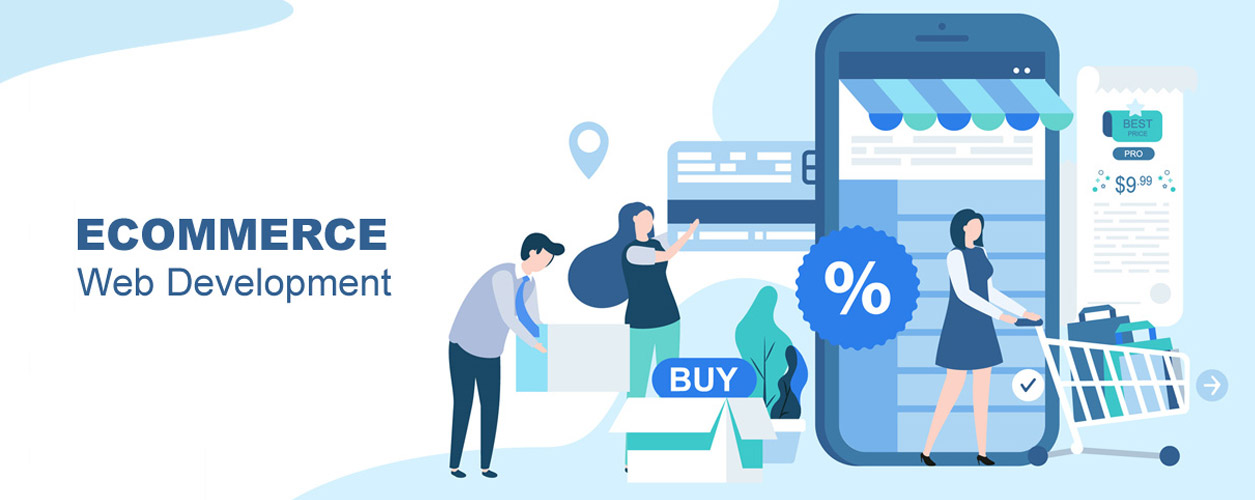
E-Commerce Development one of the possible definitions of e-commerce: "any type of transaction in which the interaction of the parties is carried out electronically instead of physical exchange or direct physical contact." However, while precise, this definition does not reflect the revolutionary spirit of e-commerce, driven by the emergence of new demands and technologies, and leading to a fundamental change in the way we do business.
E-Commerce Development today's business is characterized by the constant growth of the capabilities of supplier companies, as well as the unceasing expansion of global competition and the increasing level of customer requirements. In response, businesses around the world are changing the way they organize and manage their businesses. The old hierarchical structure is being abandoned, and barriers between company departments disappear. The interaction between the company, its customers and suppliers is simplified. Business processes are being rebuilt and transcending old boundaries. We see many examples of such processes, in which not only the entire company can be involved, but also its customers and suppliers. E-commerce is a vehicle for making and supporting such changes on a global scale. It enables companies to efficiently and flexibly carry out internal operations, interact more closely with suppliers and respond faster to customer requests and expectations. Companies get the opportunity to choose the best suppliers regardless of geographic location, as well as the opportunity to enter the global market with their products and services.
A special case of e-commerce is e-commerce, meaning that a supplier of goods or services provides them to a customer for a fee. A special case of e-commerce is e-retail, which means that the customer is a regular consumer rather than another company. However, while these special cases are very important economically, they are only a few examples of a more general case that encompasses all forms of business and transactions carried out electronically. Other equally important examples include internal communication within an individual company or the free transfer of information to an external organization.
E-commerce technologies are constantly changing. Companies that look at e-commerce only as an addition to the way they do business run the risk of getting only partial benefits. Firms that decide to change their organization and business processes to fully exploit the power of e-commerce will have major benefits.
The first systems and methods of e-commerce owe their birth to the emergence of sales automation technologies and the introduction of automated corporate resource management systems. In 1960, the American companies American Airlines and IBM began to create a system for automating the procedure for booking seats for flights. Thus, the SABER (Semi-Automatic Business Research Environment) system makes air travel more accessible to ordinary passengers, helping them navigate the ever-increasing fares and flights. By automating the process of calculating tariffs when booking seats, the cost of services is reduced. This is the very first experience in creating an e-commerce system.
The e-commerce market has been developing most dynamically over the past 20 years, which is due to the rapid growth in the number of Internet users, the increasing influence of social networks and other interactive online platforms, the dynamic development of electronic payment systems, and the transition of leading web services from the Web 1.0 technology platform to Web 2.0.